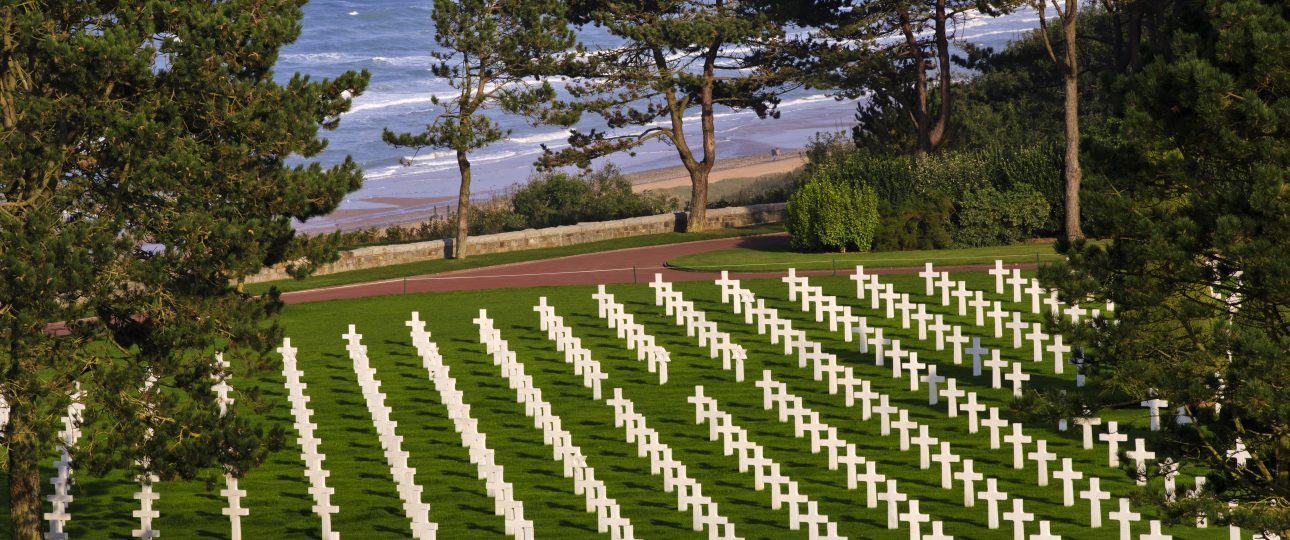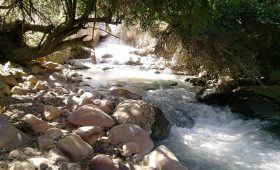American Cemetery: A Place of Remembrance in France
The Normandy American Cemetery in France is a poignant site dedicated to honoring the American soldiers who sacrificed their lives during World War II. Situated on a bluff overlooking Omaha Beach, one of the pivotal landing sites of the D-Day invasion on June 6, 1944, this cemetery is a solemn reminder of the bravery and sacrifice of those who fought in the Battle of Normandy. In this guide, we explore the historical significance of the cemetery, the best times to visit, and practical tips for getting there.
The Historical Significance of the Normandy American Cemetery
Established by the U.S. First Army’s 607th Quartermaster Graves Registration Company, the Normandy American Cemetery was the first American cemetery on French soil during World War II. The present-day cemetery was dedicated on July 19, 1956, and is managed by the American Battle Monuments Commission. Covering 172.5 acres, it contains the graves of 9,388 American military personnel, including those who perished during the Normandy invasion and subsequent operations. Among them are notable figures such as Theodore Roosevelt Jr., a Medal of Honor recipient, and two of the Niland brothers, whose story inspired the film “Saving Private Ryan.”
The cemetery’s layout forms a Latin cross, with the Memorial Chapel at its center. The Wall of the Missing, east of the Memorial, lists the names of 1,557 servicemembers declared missing in action during Operation Overlord. The cemetery also includes graves of 45 pairs of brothers, a father and son, and several other familial connections, underscoring the personal sacrifices made during the war.
Exploring the Grounds
The Normandy American Cemetery is meticulously maintained, with white Lasa marble headstones marking the graves. The headstones include 9,238 Latin crosses and 151 Stars of David, reflecting the religious affiliations recognized by the U.S. Army at the time. The Memorial Chapel offers a space for reflection, while the Wall of the Missing serves as a powerful reminder of those whose remains were never recovered.
When to Visit the Normandy American Cemetery
The cemetery is open year-round, allowing visitors to pay their respects and learn about the history of World War II at their own pace. For a quieter experience, consider visiting during the spring or fall when the weather is mild, and the crowds are smaller. The cemetery can be particularly busy during Memorial Day, Veterans Day, and significant anniversaries related to World War II.
Attending the annual Memorial Day ceremony is a deeply moving experience, featuring speeches, musical performances, and wreath-laying to honor the fallen soldiers. This event provides a profound connection to history and the sacrifices made for freedom.
How to Get to the Normandy American Cemetery
Located in the Normandy region, the cemetery is accessible by car or public transportation. If driving, the cemetery is conveniently situated off the N13 highway. For those using public transport, trains and buses run regularly to the nearby town of Colleville-sur-Mer, from where a short taxi ride or walk will bring you to the cemetery.
Planning your visit in advance and checking transportation schedules will ensure a smooth journey.
Local Transportation and Nearby Attractions
Once at the cemetery, visitors can easily navigate the grounds on foot. Maps and informational brochures are available to guide you through the site and enhance your understanding of its historical context.
Nearby, the Omaha Beach Museum offers an in-depth look at the events of D-Day and the Battle of Normandy. Additionally, the town of Bayeux, known for its medieval architecture and the famous Bayeux Tapestry, is a short drive away and provides further insight into the region’s rich history.
Visiting the Normandy American Cemetery is a humbling experience that connects us to the past and honors the sacrifices made for a better world. As you walk through these hallowed grounds, take a moment to reflect on the courage and dedication of those who fought for freedom.




